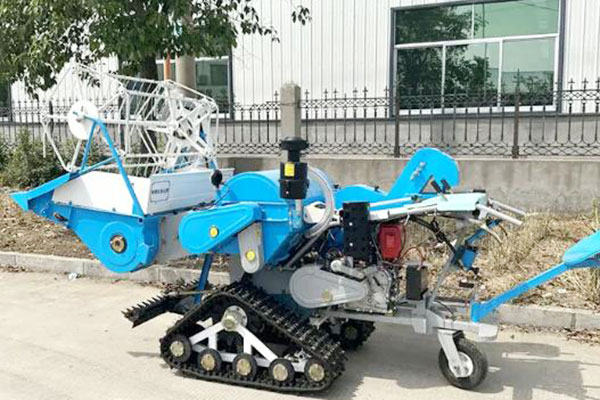Wheat, one of the world’s most vital crops, feeds billions and forms the backbone of global agriculture. Harvesting wheat efficiently is critical to maintaining food security, and modern wheat combines (harvesters) have revolutionized this process. Dans cet article, we’ll delve into the intricate workings of a wheat harvester, exploring its mechanisms, stages of operation, and technological advancements that optimize the wheat harvest process.
Wheat Harvester Composants clés
A wheat harvester, or combine, integrates multiple systems to perform cutting, battage, cleaning, and grain collection in one seamless operation. Here’s a breakdown of its core components:
- Header: The front-mounted cutting mechanism, equipped with a bobine et cutter bar, gathers and slices wheat stalks. Adjustable reel speed ensures smooth feeding into the machine.
- Feeding Conveyor: Transports cut crops into the threshing unit.
- Threshing Drum: Rotating at high speed, this component separates grains from the stalks using friction and impact. Modern harvesters use axial-flow designs for higher efficiency.
- Separator and Sieves: Shaking sieves and airflow systems remove chaff and debris, ensuring clean grain collection.
- Grain Tank: Stores harvested wheat temporarily before unloading into transport vehicles.
- Straw Walkers/Chopper: Manages straw disposal by either spreading it evenly or chopping it for use as mulch.

Wheat Harvest Process: Step by Step
The operation of a wheat harvester follows a meticulously orchestrated sequence:
Step 1: Cutting and Gathering
The header’s reel gently pulls wheat stalks toward the cutter bar, which slices them at the base. Sensors monitor crop density and adjust the reel speed to prevent blockages, a feature highlighted in advanced models.
Step 2: Threshing
Cut stalks enter the threshing drum, where rotating blades or rub strips beat the grain out of the husks. Axial-flow systems, common in modern harvesters, allow continuous processing with minimal grain damage.
Step 3: Separation and Cleaning
Grain mixtures pass through oscillating sieves and fans. Lightweight chaff is blown away, while clean grains fall into the elevator for transfer to the grain tank. This stage ensures a purity rate exceeding 98% in optimized systems.
Step 4: Storage and Unloading
The grain tank temporarily holds harvested wheat. When full, an automated auger unloads the grain into trucks without stopping the harvesting process, maximizing efficiency.
Step 5: Straw Management
Post-threshing, straw is either discharged onto the field for nutrient recycling or chopped for livestock bedding. Some models integrate balers for compact straw bales.
Wheat Harvest Process Challenges & Best Practices
Despite technological leaps, challenges persist:
- Weather Sensitivity: Moisture levels must stay below 15% to prevent spoilage. Timely harvesting, aided by weather-predictive software, is crucial.
- Crop Lodging: Fallen wheat stalks complicate cutting. Harvesters with enhanced reel flexibility and stronger cutter bars address this issue.
- Maintenance: Regular cleaning of sieves and lubrication of bearings ensures uninterrupted operation during peak seasons.
Best practices include calibrating machinery pre-harvest, monitoring grain loss at each stage, and adopting integrated pest management to protect stored grains.
Conclusion
Understanding how a wheat harvester works reveals the marvel of agricultural engineering behind every loaf of bread. From cutting to storage, each stage of the wheat harvest process is fine-tuned for efficiency and quality. As technology evolves, these machines will continue to play a pivotal role in meeting global food demands sustainably.
For farmers and agribusinesses, investing in advanced harvesters isn’t just about productivity—it’s about securing the future of food.

